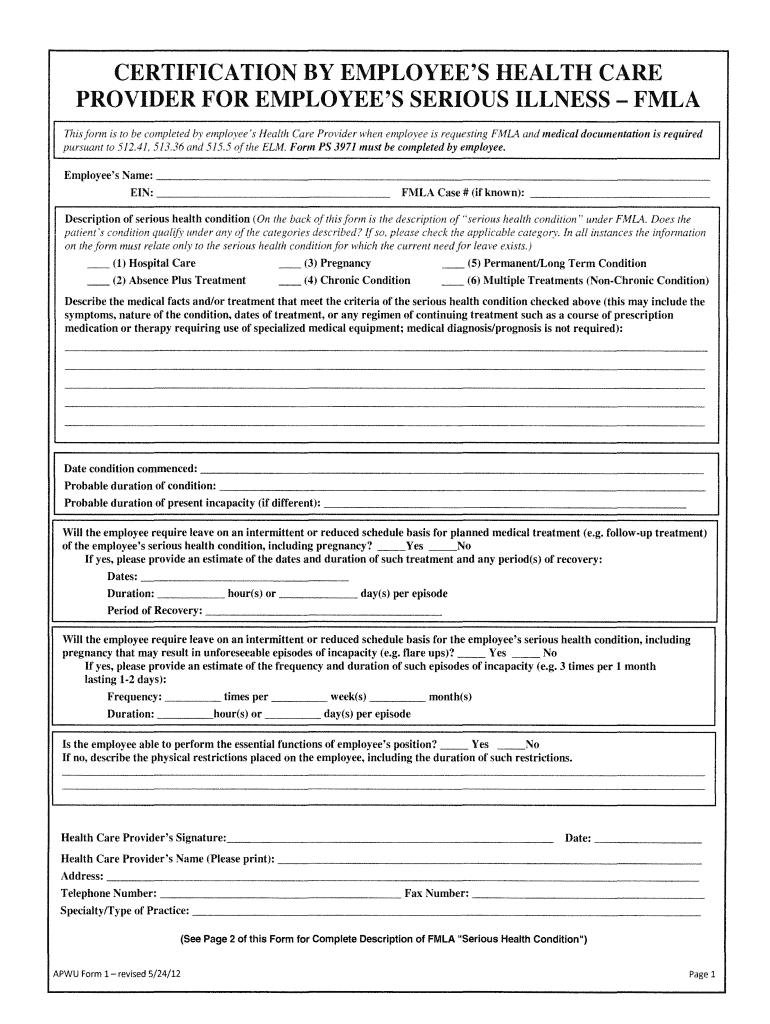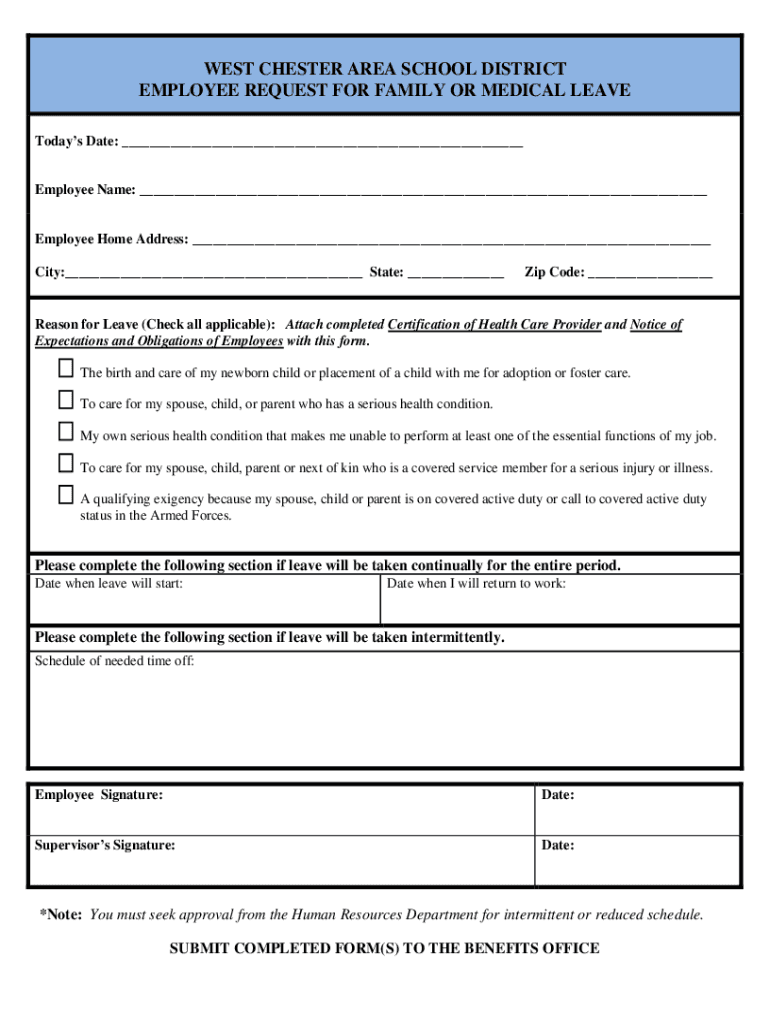5 Ways to Secure FMLA Paperwork Despite Job Resistance

The Family and Medical Leave Act (FMLA) was established to protect the rights of employees to take leave for various medical and family reasons without the fear of losing their job. However, despite its clear provisions, many employees face resistance from their employers when requesting to secure FMLA paperwork. Here are five strategies to effectively navigate these challenges:
1. Educate Yourself on FMLA Rights

Before addressing your employer, make sure you have a clear understanding of your rights under FMLA. Here are some key points:
- Eligibility: You must have worked for the employer for at least 12 months, with at least 1,250 hours of service during the 12 months immediately before the start of leave.
- Reasons for Leave: Medical treatment, recovery, family care, pregnancy, childbirth, adoption, or foster care placement.
- Notification: You must provide at least 30 days notice when the need for leave is foreseeable.
- Employer Size: The employer must have 50 or more employees within 75 miles of your worksite.
By understanding these specifics, you can confidently assert your rights.
2. Gather Documentation Early

Don’t wait until an issue arises to collect your medical documentation or other necessary paperwork:
- Medical Certification: Obtain it from your doctor or healthcare provider. Ensure it specifies the medical condition and the necessity of leave.
- Employment Records: Keep records of your employment, including hours worked, start date, and any previous leaves taken.
- Company Policies: Review your employee handbook for any FMLA-related policies.
⚠️ Note: FMLA leave can be granted retrospectively if certification is provided within a reasonable time.
3. Use a Formal Request Letter

A well-drafted formal request letter can set the tone for a professional interaction:
- State Your Intent: Clearly mention your intent to secure FMLA leave.
- Include Dates: Specify the expected start and end dates of your leave.
- Provide Documentation: Attach or list the medical certifications you've gathered.
- Request Paperwork: Politely request the necessary FMLA paperwork to be sent to you.
- Request for Approval: Ask for written acknowledgment and approval of your request.
An example structure for such a letter might look like this:
| Date | [Your Name]
[Your Address] [City, State, Zip Code] [Phone Number] [Email Address] |
|---|---|
| To: | [Employer's Name]
[Employer's Title] [Company Name] [Company Address] [City, State, Zip Code] |
Subject: FMLA Leave Request Dear [Employer's Name], I am writing to inform you of my need for Family and Medical Leave (FMLA) for [reason for leave]. Please find attached the medical certification and all required documentation. I am available to discuss this further at your convenience. Kindly send me the necessary FMLA paperwork and provide written acknowledgment of this request. Thank you for your understanding and assistance. Sincerely,
|
|

4. Leverage HR and Legal Resources

If you encounter resistance or delay in obtaining FMLA paperwork:
- HR Involvement: Contact your HR department to ensure they are aware of your request.
- Corporate Counsel: Some companies have internal legal teams that can assist with FMLA compliance.
- Legal Aid: Look for legal resources or labor law attorneys who can guide you.
- Federal Resources: The Wage and Hour Division of the Department of Labor can be approached if employer noncompliance is severe.
📖 Note: Your HR department is there to assist employees in understanding and exercising their rights.
5. Document Everything

Keeping a detailed record is crucial in case of disputes:
- Record Interactions: Note dates, times, and summaries of all communications related to your FMLA request.
- Emails: Retain copies of all email exchanges.
- Notes: Keep a personal diary of verbal discussions.
- Record Decisions: Document any approvals or denials of your leave request.
Having a thorough record can help you validate your claims if mediation or legal action becomes necessary.
In wrapping up, securing FMLA paperwork despite job resistance requires you to be well-informed about your rights, proactive in gathering necessary documentation, formal in your communication, and persistent in your approach. By leveraging these strategies, you ensure that you can take the leave you are entitled to without jeopardizing your job security.
What if my employer outright refuses to provide FMLA paperwork?

+
If your employer refuses to provide FMLA paperwork, you can contact the Department of Labor’s Wage and Hour Division. They can offer guidance on how to proceed and may investigate your employer for noncompliance.
Can I be fired for taking FMLA leave?

+
No, the FMLA protects you from retaliation for taking leave. If you are terminated due to your leave, you could have legal recourse.
What if my condition worsens or changes during my leave?

+
If your condition changes, you should provide updated medical certification to your employer. This might affect the duration or the conditions of your leave, and your employer needs to be informed accordingly.



